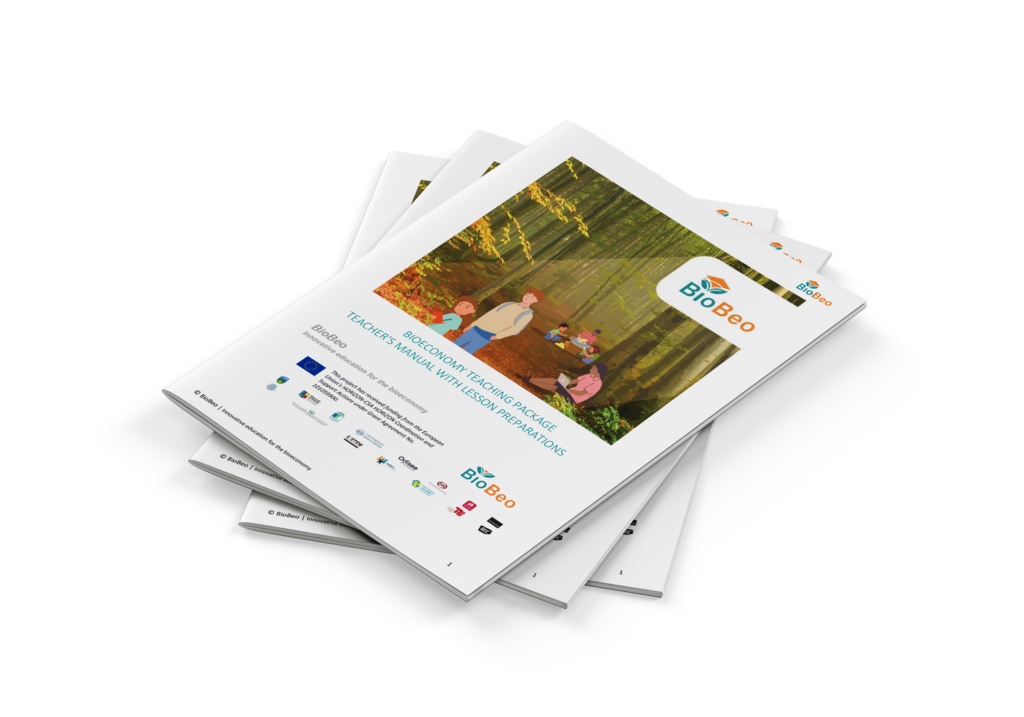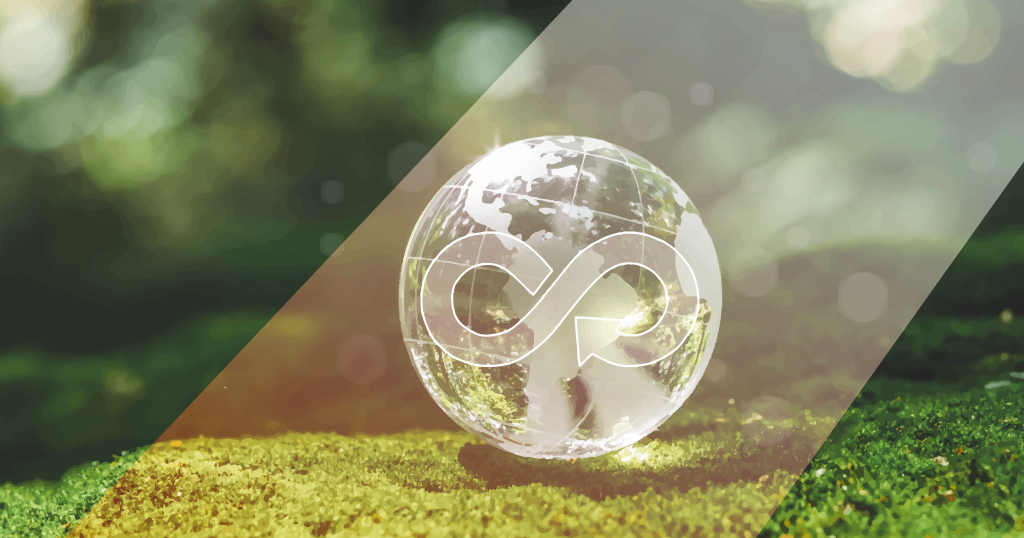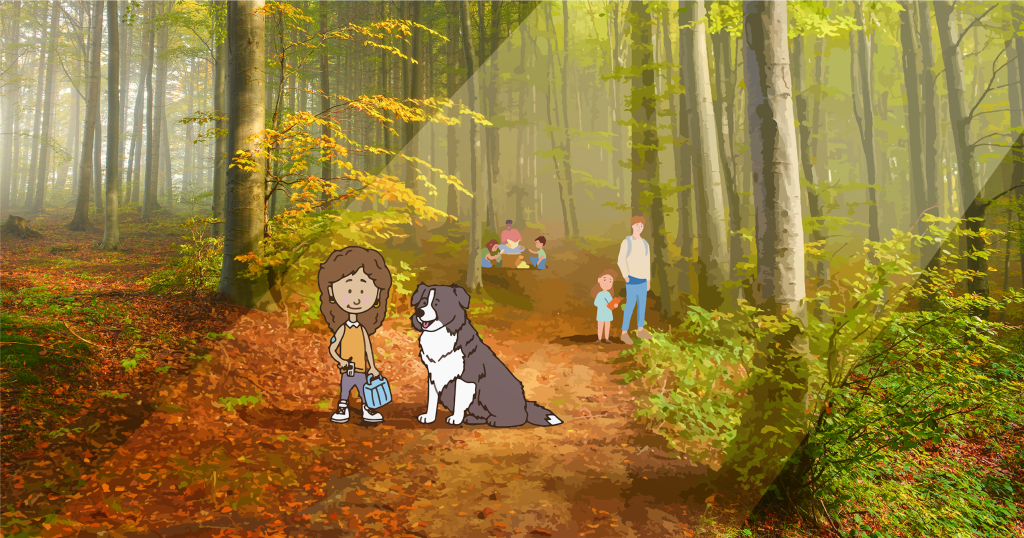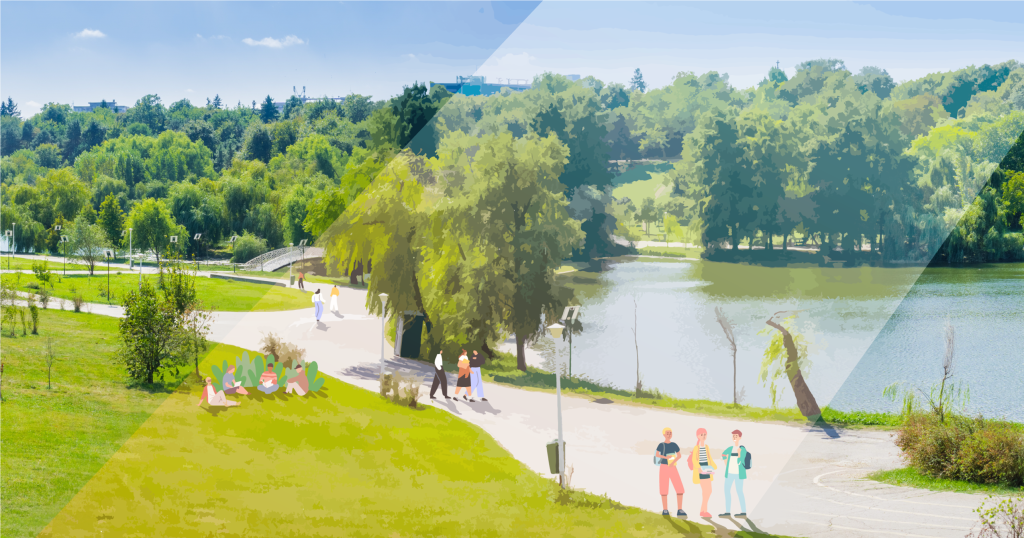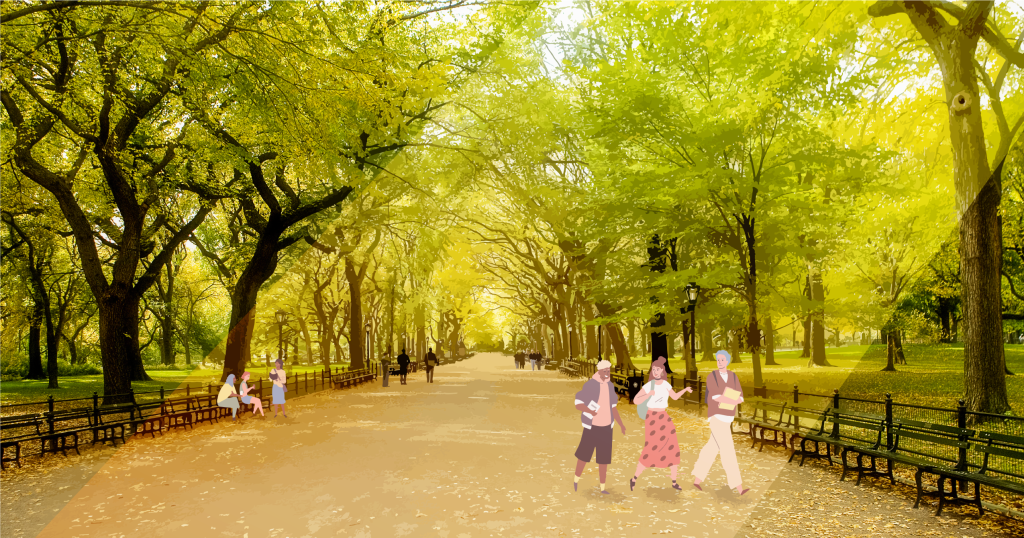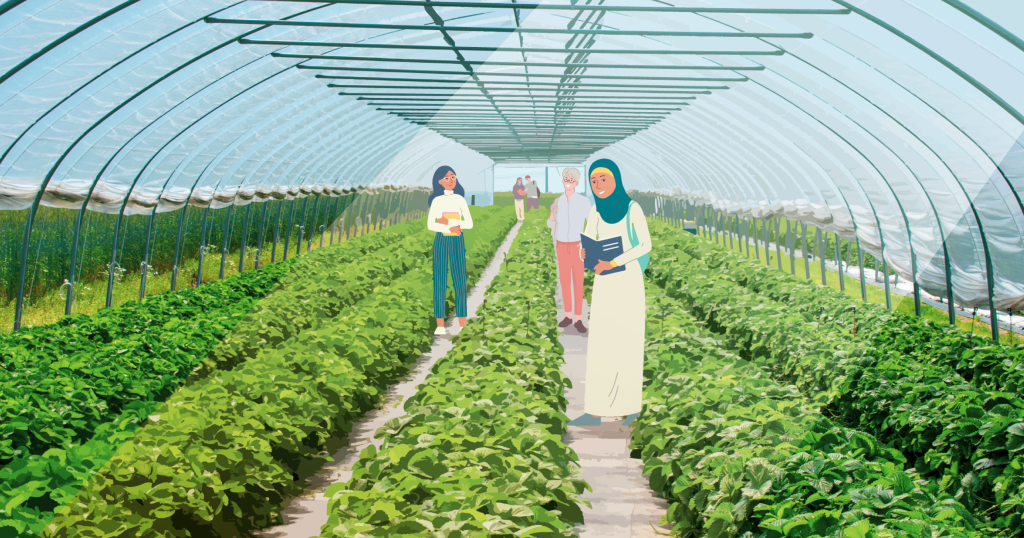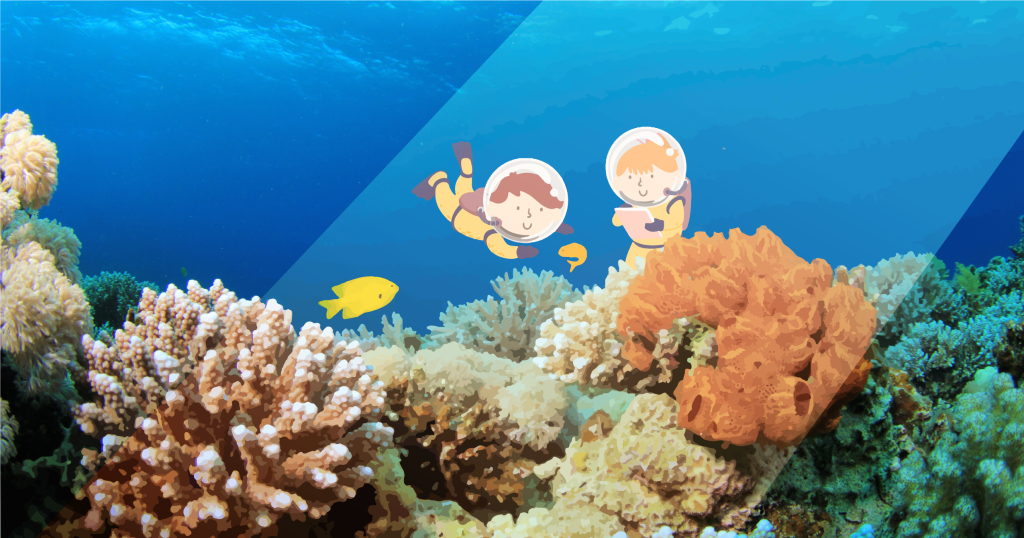
The aim of this teaching package is to show students how the transition to a sustainable bioeconomy can best take place and which social actors play a role in this transition. This teaching package contributes to acquiring the key competences in the field of sustainable development and the subject matter is in line with the following Sustainable Development Goals (SDGs): 2, 3, 12, 13, 14, 15.
This teaching package is available in English, Dutch and French and can be used for the age group: 12-15 years
Teacher’s manual with lesson preparations
In this teacher's manual you will find 6 lesson preparations. In addition, a powerpoint presentation and worksheets are available for students with each lesson. In the lesson packages, 5 themes of the bioeconomy are discussed. These themes can be covered in any order. The themes can also be taught as stand-alone lessons.
